2021 was an odd year for video games, with more delays than Apocalypse Now and plenty of controversy, but there were still a lot of excellent titles released this year. Across all three first-party companies as well as other AAA publishers and indie studios, we saw game developers adapt to remote working environments and deliver tremendous experiences. They include returning favorites, innovative small-scale narrative games, and a whole lot of time looping. Seriously, there are three different games with time-loop mechanics in our top 10 alone!
Below are GameSpot's top 10 games of 2021, in alphabetical order. Keep in mind that there are light spoilers for a few of these, and the games listed were chosen after deliberating with the GameSpot staff. And now that some time has passed since this article has published, we're also ready to reveal our Game of the Year of 2021: Deathloop.
Before Your Eyes
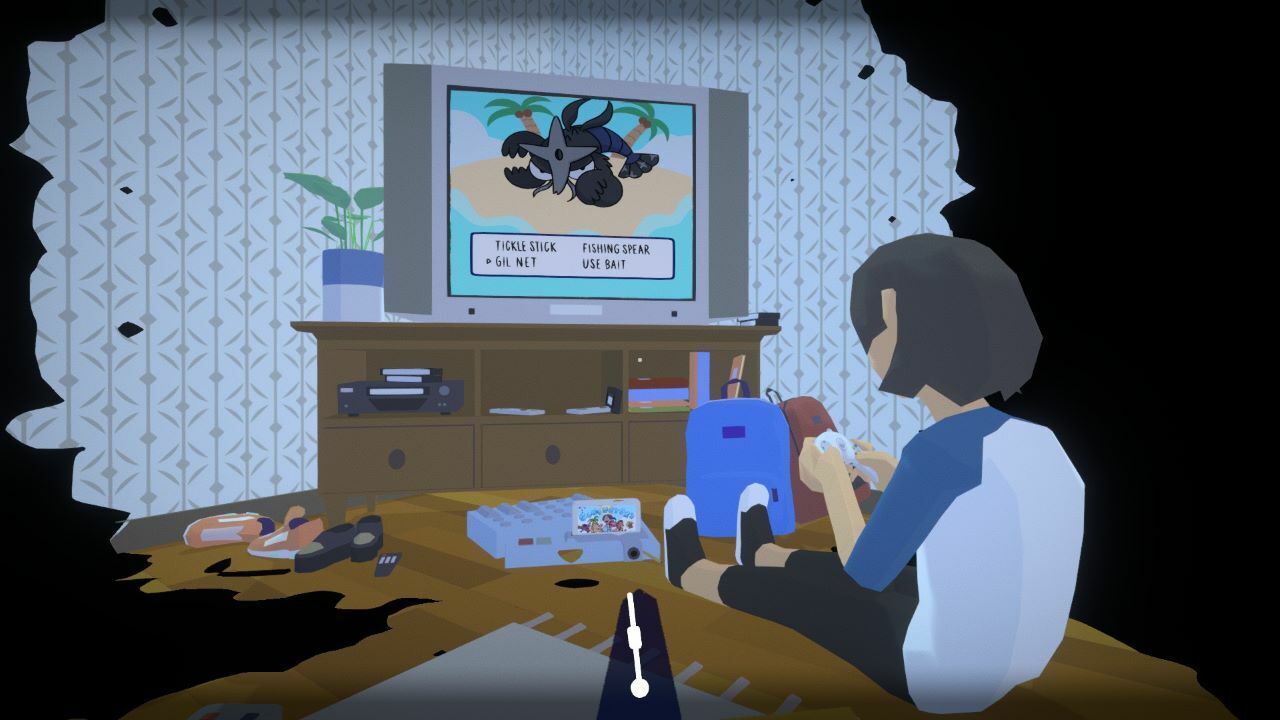
Available on PC, Mac
In the final moments of Before Your Eyes, there's a line that's delivered with such authenticity and such sudden candor that it's haunted me all year. The 90-minute narrative-adventure game made headlines initially as "the game you play by blinking," but it not only justifies its novel gameplay mechanic, it also pairs it with such beautiful writing that it breaks new ground in the medium.
Before Your Eyes' basic concept is apparent in its title: What if your life were flashing before your eyes? What would you see, and what would you choose to see if you could control it? How long would you linger in a moment of happiness, flee from a memory of guilt, grapple with dormant traumas out of some sense of catharsis? In Goodbyeworld Games' magnificent debut, this is gamified by a webcam tracking your real-life eye-blinking. You'll blink to advance time, and it won't usually be clear whether that means by a few minutes or a few years. This gives every moment a sense of urgency, but even those who can withstand blinking for several minutes at a time will have no choice but to fall in line eventually to see how the twisting drama unfolds.
Tauntingly, it's a game with such a throughline of sobering sadness that it often plays in hard mode, as tears sit at the edge of one’s eyelids and beg for blinking. Other times, it subverts its own premise by instead asking players to keep their eyes closed, which gives the dialogue extra weight as the only sensory input during some of the most dramatic moments. Led by some brilliant character actors, the small cast shines in bringing the tightly written story to life in every vignette of protagonist Benny Brynn's life. His early crush, petty fights with his parents, his career mishaps--we see it all, but just like in real life, we can't see how it ends until we get there ourselves.
Before Your Eyes is a game that wants you to feel safe in its premise so it can pull the rug out in the final act. As the game slowly chipped away at my expectations, it created a sense of unease, which meant I was fully invested when the magician's prestige was finally performed in its waning moments. In its short runtime, it manages to take hold of players in ways few games ever do, and it does it all with new and almost universally accessible gameplay mechanics, making it an incredible game to play as much as it is a heartbreaking story to witness. -- Mark Delaney, Guides Editor
Deathloop
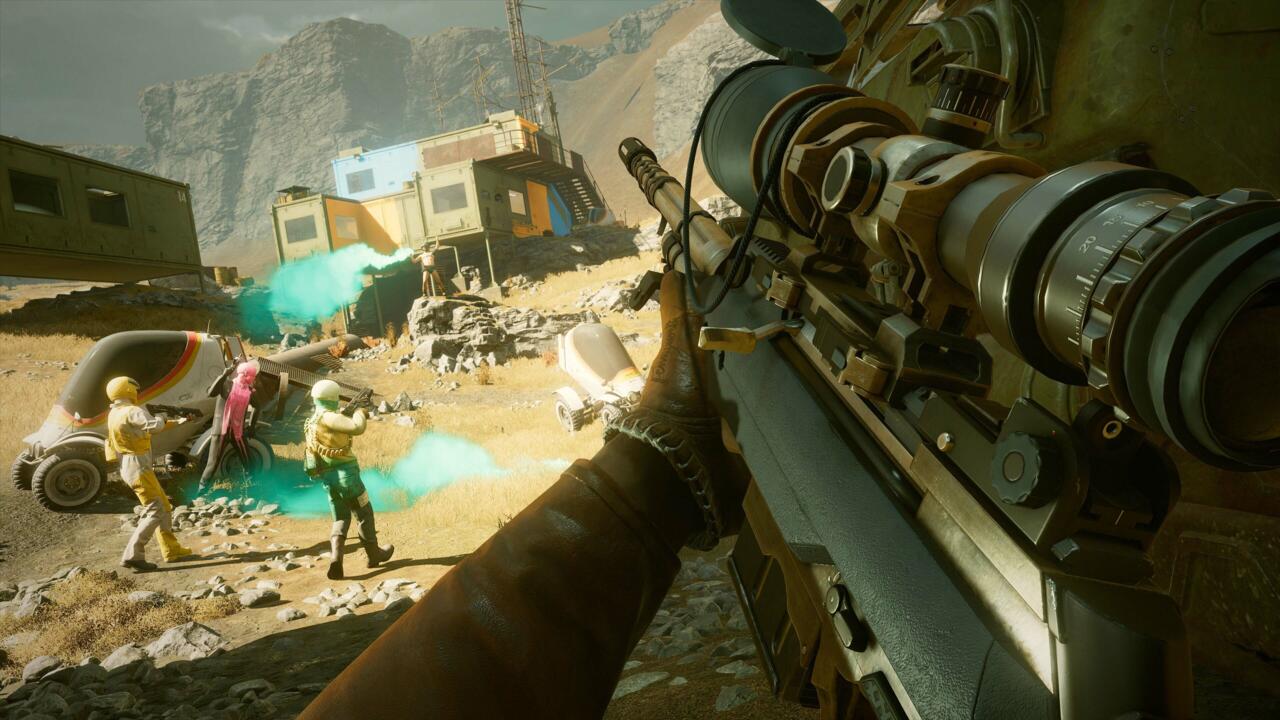
Available on PS5 and PC
"Rival assassins locked in a time loop" is a snappy way to describe the premise of Deathloop but doesn't do much to explain just how Arkane's latest manages to stand above the crowd in a year packed with time loop games.
Part of the reason that Deathloop stands out comes down to sheer style: Its bold, 60s-inspired art direction is immediately eye-catching and self-assured. Blackreef's four districts are packed with weird and wacky attractions, from a computer-controlled LARP to military bunkers and hedonistic underground bars, yet every bizarre item and quirky location looks and feels like it belongs. This makes sense when you consider that in-game, the island's aesthetic design is attributable to the brilliant, sometimes party-addled, minds of the Visionaries: brilliant, eccentric, and invincible, they are the ones who control Blackreef and the time loop that allows its occupants to party non-stop, forever. Another standout aspect of Deathloop is the game's story and its standout performances. Deathloop is more character-driven than Arkane's previous games. Colt Vahn (voiced by Jason E. Kelly), its playable amnesic assassin, is affable and funny, making him the perfect vehicle to drive you to explore the ins-and-outs of Blackreef and its inhabitants.
But what stands out the most is the confidence Deathloop has, not only in itself but the player as well. Its systems are numerous, interconnected, and elegant, and for a game that can confuse, its tutorials are comprehensive but not overbearing. Once the player is let loose on the isle of Blackreef, Deathloop trusts the player to satisfy their curiosity and explore. In Arkane's Dishonored games, players are encouraged to commit to either a high or low chaos playstyle, but Deathloop frees you from needing to conform your playstyle by stripping away narrative consequence from the gameplay. Thanks to the very time loop that you're trying to break, the day's events are repeatedly wiped from the minds of most characters, encouraging experimentation at every turn.
To that end, no run in Deathloop ever feels wasted: There's always a new lead to chase down, whether that's a power Slab to obtain, information to find, or Visionary to kill. Colt's goal to kill the island's eight Visionaries to break the loop once and for all requires multiple loops, meaning that players become intricately familiar with the comings and goings of each. This repetition helps push the player toward mastery of the game's systems, and its story is driven by the playful cat-and-mouse relationship between Colt and his mysterious adversary Julianna (played to perfection by Ozioma Akagha), seemingly the only two on the island who retain their memories through time loops.
There's so much more to say about Deathloop, a game that has taken the best of Arkane's previous titles and created something intensely special. In a year where time loops were in vogue, Deathloop has done more than enough to stick out from the crowd, making it one of the best games of 2021. -- Lucy James, Senior Video Producer
The Forgotten City

Available on Xbox Series X|S, Xbox One, PS5, PS4, PC, and Switch
The design of The Forgotten City is extraordinarily clever. The overarching narrative of its campaign is fairly simple to figure out and easily deduced through details in the game's opening moments, but the journey of reaching any of The Forgotten City's conclusions is, frankly, incredible. In a year packed to the brim with games that subverted the mechanics of how games work to form the basis of a time loop story, The Forgotten City stands out as one of the best, largely for taking that subversion and using it to further deconstruct the gaming industry as a whole.
In The Forgotten City, you're sent back in time to a Roman Imperial city governed by a single rule: Don't commit a sin. Breaking the rule dooms everyone in the city, and with no way of leaving, citizens are forced to police themselves on what exactly constitutes a "sin" and avoid such actions at all costs. You eventually meet the city's ruler and are told that someone will soon commit a sin and kill everyone, and it's up to you to discover who so that they can be stopped. You repeatedly travel through time in a never-ending loop to gather clues and chase down different leads.
What follows is a fascinating story about the existential relationship between humanity and its laws, but you can also discover intriguing side quests, startling revelations, and optional secrets. Most compelling of all is the discovery that the Roman city is literally built upon the layered remains of previous civilizations, each borrowing the history of those that came before to build their own culture, sense of morality, and "unique" story as a people. This is a reflection of The Forgotten City, which is itself a game based on a mod for The Elder Scrolls V: Skyrim.
The uncanny faces and stilted facial movements are a constant reminder of this--this is a video game, one very clearly built from an older video game, which was itself a sequel and thus built off the inspirations of games that came before it. It's a cleverly nuanced implication that not only are games built in a time-looping format of the player dying, resetting to a checkpoint, and trying again, but the act of making games is inherently one massive loop where developers turn to their predecessors to inform how to do so a little bit better--that process has repeated over and over for decades.
The goal of The Forgotten City is to escape a time loop and the process of doing so in the game requires you to escape the loop of The Elder Scrolls' design. The Forgotten City is built like Skyrim, with the implication that you're the hero. But The Forgotten City is mechanically built so that you propel a nobody NPC to be the hero instead. This is a game about breaking a loop, and it itself breaks the loop of adventure games so often focusing on the playable character. It's all just incredibly cool and absolutely worth checking out if you haven't already; and for that reason, The Forgotten City is one of the best games of 2021. -- Jordan Ramée, Editor
Halo Infinite
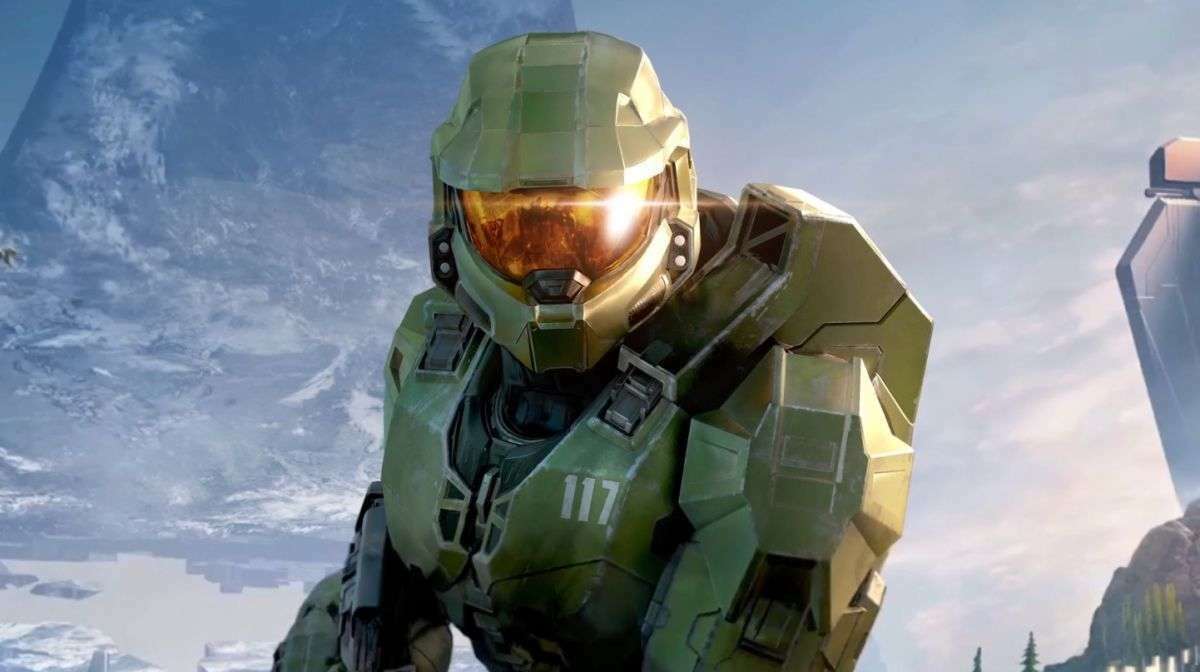
Available on Xbox Series X, Xbox One, PC
The reinvention of a flagship franchise and its decades-old mascot is no enviable task, and following two outings that proved to sour with time according to the fan consensus, 343 Industries' next Halo game felt make-or-break. Thus, Halo Infinite was deemed a soft reboot, both for the game's format--as the live-service era had grown dominant in the years since Halo 5--as well as for Chief himself. Given an extra year to get it right following a delay, 343 has cleared its high expectation bar. Halo is all the way back.
In the campaign, Halo Infinite looked outside of its arena- and corridor-shooter roots, and blew the doors off to put Halo in its first-ever open-world setting. The end result is a Halo that feels the most refreshing since Halo 3, or perhaps even the trailblazing original game. Staples like the bouncy Warthogs and a penchant for combat creativity are amplified by the suddenly expansive terrain and new toys like the Grappleshot, which is a must-have for all future Halo games. Master Chief himself is repainted with more character without losing his rule-of-cool origins. The stoic Spartan is hardly more talkative these days, but he finally has something to say.
In the multiplayer modes, Halo has been reimagined as a free-to-play shooter. While that's brought growing pains, these are by and large cosmetic only. The core gameplay that's here, even in its earliest days, is the best it's been in many years. It's nostalgic for those with memories old enough to fondly recall LAN parties, while also modernized and inviting for the many new players jumping in. Halo represents the endcap to Xbox's best first-party year in maybe a decade, and its way of hogging the holiday spotlight from giants such as Call of Duty and Battlefield is indicative of its greatness. Infinite has simply stolen the show and sets up a remarkably sturdy foundation for what is meant to be the Halo platform for years to come. -- Mark Delaney, Guides Editor
Hitman 3
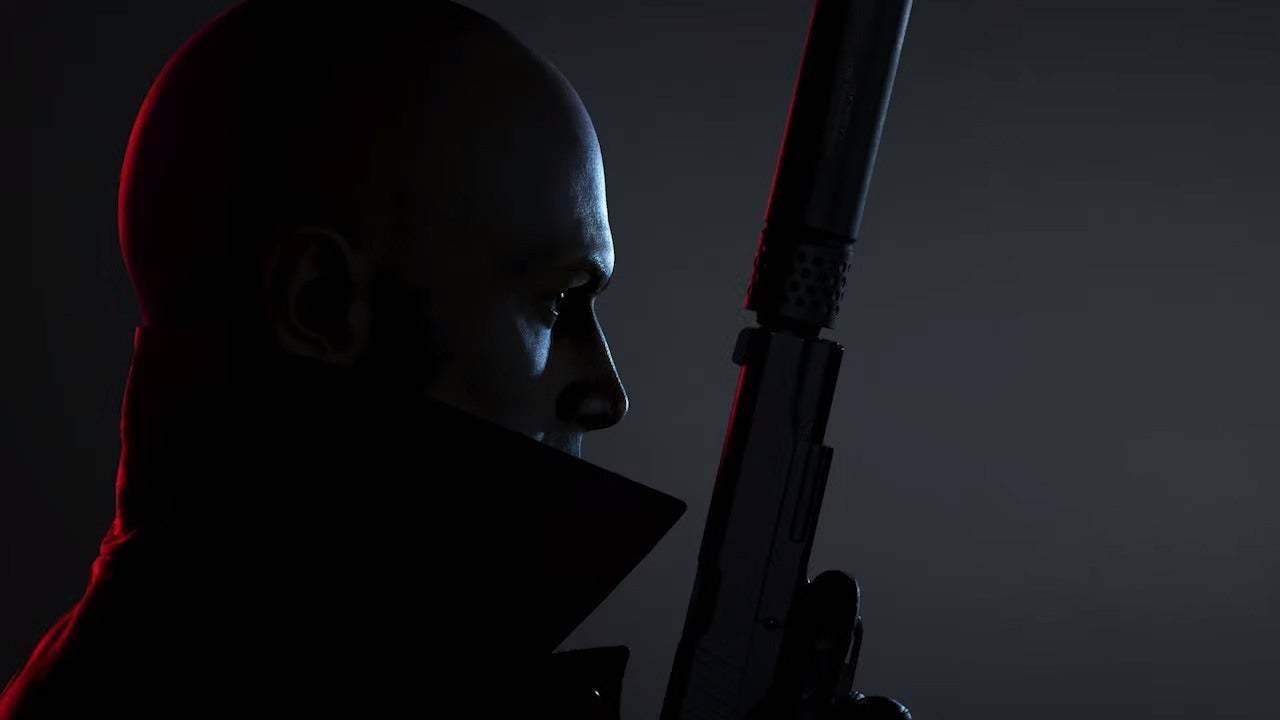
Available on PC, PS4, PS5, Xbox One, Xbox Series X, Nintendo Switch, Stadia
Hitman 3 is the game IO Interactive has been building toward, not just with the recent World of Assassination trilogy, but with the entire franchise over the last two decades. It represents the culmination of Agent 47's journey, both from narrative and design perspectives. While it might be an iterative sequel rather than one that reinvents the wheel, Hitman 3 is a masterful execution of what Hitman is all about.
This is demonstrated best in the level design, which is richer, deeper, and more creative than ever before. IO had already presented some of the best-ever Hitman levels in the previous two games with the likes of Sapienza and Miami, but Hitman 3 shows the studio at its apex, demonstrating a level of comfort and expertise only possible because of the many years of design that came before them.
Dartmoor serves as a Knives Out or Agatha Christie-style murder-mystery thriller where you can not just eliminate your target as usual, but solve the crime at hand (and even allow it to be carried out, saving you the trouble of doing the killing yourself). Berlin represents an inversion of the typical Hitman formula, filling the level with assassins who are out to get 47, putting you in a much more uncomfortable position than usual (but affording you the ability to take out those rival assassins yourself). The neon-soaked streets of Chongqing are a sight to behold and belie the top-secret ICA facility hidden underground. Even the somewhat maligned Carpathian Mountains, which presents players with a far more linear, murder-focused scenario than any other Hitman level, has its merits, as 47 is faced with a challenge unlike anything before, helping to cap off the narrative.
The ongoing live-service aspect of Hitman 3 warrants praise as well, as IO has managed to keep fresh, interesting content rolling out for the game all year long, both in the form of paid DLC and free additions like Elusive Targets. The announcement of a Year 2 roadmap confirms Hitman 3 will be around to stay for the foreseeable future, even with IO planning to put the franchise on the back burner as it shifts its efforts to other projects, including Project 007. And although it's not technically new to Hitman 3, allowing you to play all three World of Assassination games' content in one place (and with improvements introduced in the more recent games) makes this the definitive game in the series. -- Chris Pereira, Senior Editor
It Takes Two
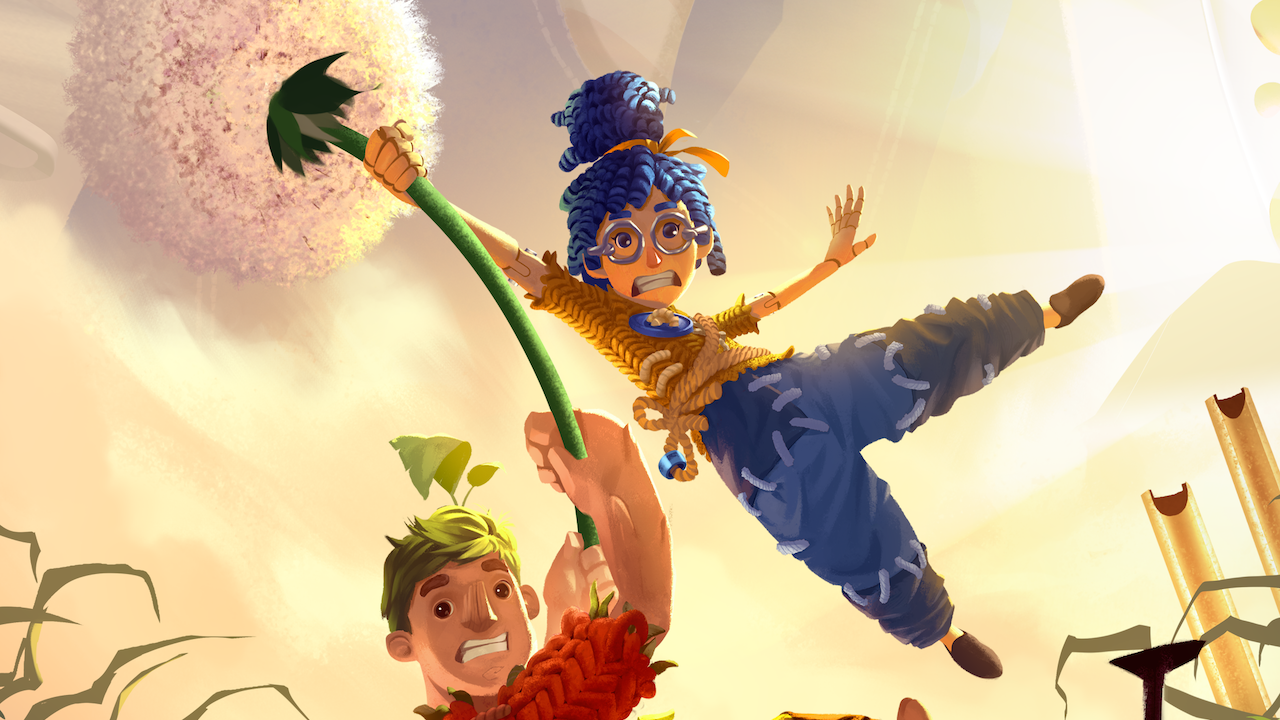
Available on PS4, PS5, Xbox One, Xbox Series X|S, and PC
It Takes Two took a risk by being a game that was designed specifically for split-screen two-player co-op. What this means is that players can only play this game with a friend offline or by playing online with a friend or stranger. However, by focusing on this multiplayer aspect, it allows for It Takes Two to truly shine and masterfully execute on its premise.
The game starts with simple platforming mechanics but slowly evolves throughout the game to encompass a plethora of fleeting abilities that only last as long as the gameplay mechanic feels fresh. What this means is that once you start to get overly comfortable with a brand-new hammer you may have found to bash things in and help with platforming, this will be stripped from you in favor of potentially being able to walk along certain walls, or ride on top of a spider. It Takes Two never allows its mechanics to grow stale, and it's honestly impressive just how many types of abilities and gameplay styles are at play within the game as you progress through a similarly impressive world in terms of scale and imagination.
By focusing on the game's multiplayer mechanics, It Takes Two could truly shine in the way it forces players to solve puzzles together. Every new area means a fresh new set of abilities and style of puzzles you'll need to solve with your partner. And everything is designed with this multiplayer mechanic in mind. There are no puzzles here that feel bloated and out of place. You'll always need to rely on your partner to help you progress, and it all makes for an engaging and fun teamwork-building game. While the game merges action with puzzle-solving, the game's puzzles mostly hit right in that perfect medium of not being too challenging, but still making you feel good about yourself for solving them.
All of these mechanics and ideas are perfectly suited for the game's narrative, running in tandem with the story. The characters you control are a married couple at odds with each other on the verge of divorce--and the narrative focuses on working together to find each other's strengths and build each other up. Each gameplay mechanic has a narrative reason for existing, and oftentimes, even a thematic reason for what the mechanics represent.
It Takes Two goes above and beyond in giving players the best 3D platforming co-op experience it can. Not only are there extremely varied levels and mechanics, but there are even hidden duel minigames players can find, which feature ways for players to get competitive with each other if they want to take a break from teamwork.
A strong passion and creativity shine throughout, and it's truly impressive just how many interesting ideas, gameplay mechanics, and varying worlds are crammed into this game. It Takes Two is not only one of the best multiplayer co-op games of the year, but one of the best multiplayer co-op game experiences available to date. -- Dave Klein, Video Producer
Metroid Dread
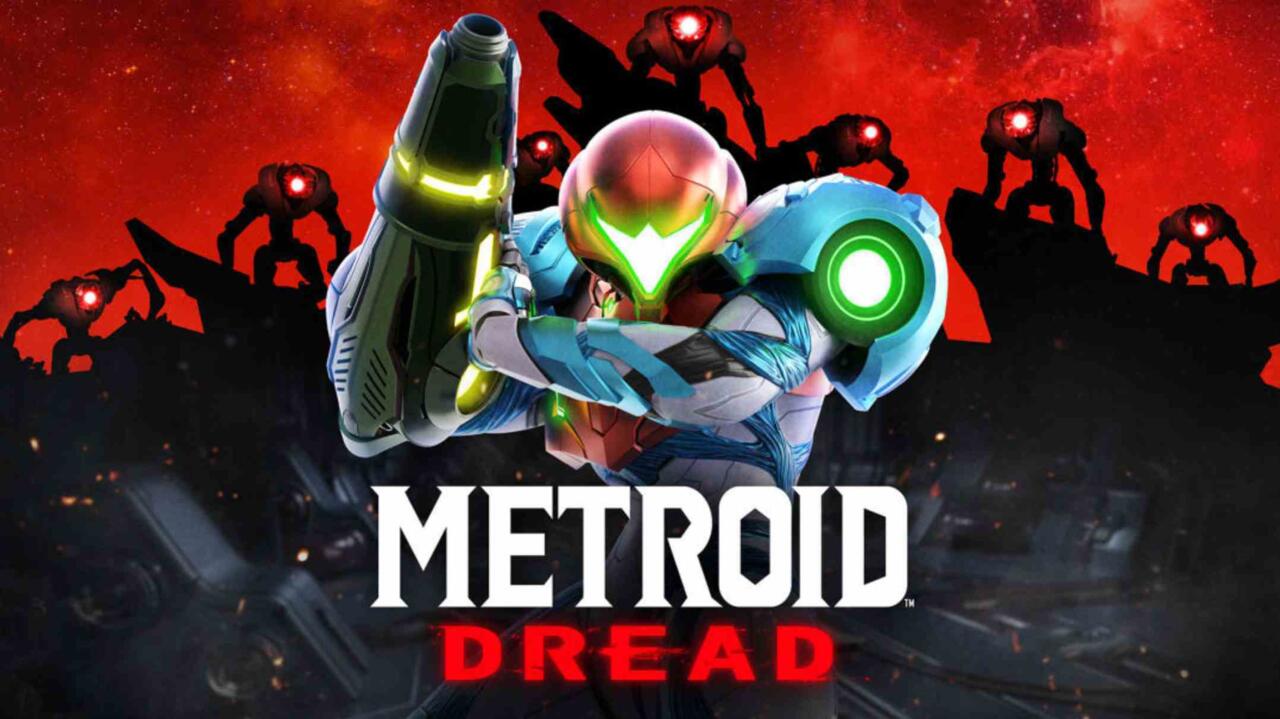
Available on Nintendo Switch
After a lengthy hiatus, Metroid finally returned to its roots in 2021 with a brand-new side-scroller. Metroid Dread capped off Samus Aran's current story arc, which started 35 years ago. A tall task? You bet, but Metroid Dread succeeds in nearly every facet. Perhaps most impressively, developer Mercury Steam--the studio behind Metroid: Samus Returns for 3DS--didn't try to do too much different with Dread. Sticking to the fruitful foundation that has inspired an endless number of like-minded games, Metroid Dread offers an adventure that feels decidedly old-school in its approach, with just enough modern flourishes and surprises to keep both dedicated fans and newcomers pleased.
Metroid Dread's familiarity is apparent out of the gate. Samus Aran is stranded on an alien planet--stripped of her powers, of course--and must find a way back to her ship by traversing through danger-filled locales filled with baddies big and small. Dread deftly walks the line of gently pushing you along in the right direction while still giving you the freedom to explore for yourself.
The richly detailed environments aptly deliver the atmospheric tension and persistent sense of isolation that has marked the Metroid series since the very beginning. Beyond that, though, Dread also has some stellar writing--a trait that's not necessarily associated with Metroid games. Especially for longtime fans, Metroid Dread aptly caps off the decades-long story arc, filling in critical gaps and giving Samus herself--the person beneath the suit--more depth.
From a mechanical perspective, Dread is silky smooth in motion and undoubtedly feels the best to play out of all of the Metroid side-scrollers. Mercury Steam brought over some of the best mechanics from Samus Returns, including free aiming and the satisfying counterattack that is utilized in practically every combat encounter, from foes who roam the corridors to the series of increasingly challenging boss battles. Familiar faces such as Kraid return in Dread, but the adventure also introduces some new larger-than-life monstrosities that keep you on your toes and require you to master Samus' steadily growing arsenal of weapons and gadgets.
Dread also injects some neat horror and stealth game elements into the mix with the EMMI, creepy-crawly robots who patrol designated zones that lead to game over if you're caught. Each EMMI has slightly different tendencies and, critically, Samus cannot harm them with her traditional weapons. While the EMMI don't drastically alter Metroid's DNA, they do offer an interesting suggestion of where the series could head next in terms of style.
Metroid games have always had a knack for encouraging players to replay the adventure over and over again. If we have to wait a long time for the next side-scrolling Metroid, at least Dread sticks with that trend. Filled with more secrets than any of its predecessors, Metroid Dread is well worth running through numerous times. --Steven Petite, Commerce Editor
Psychonauts 2
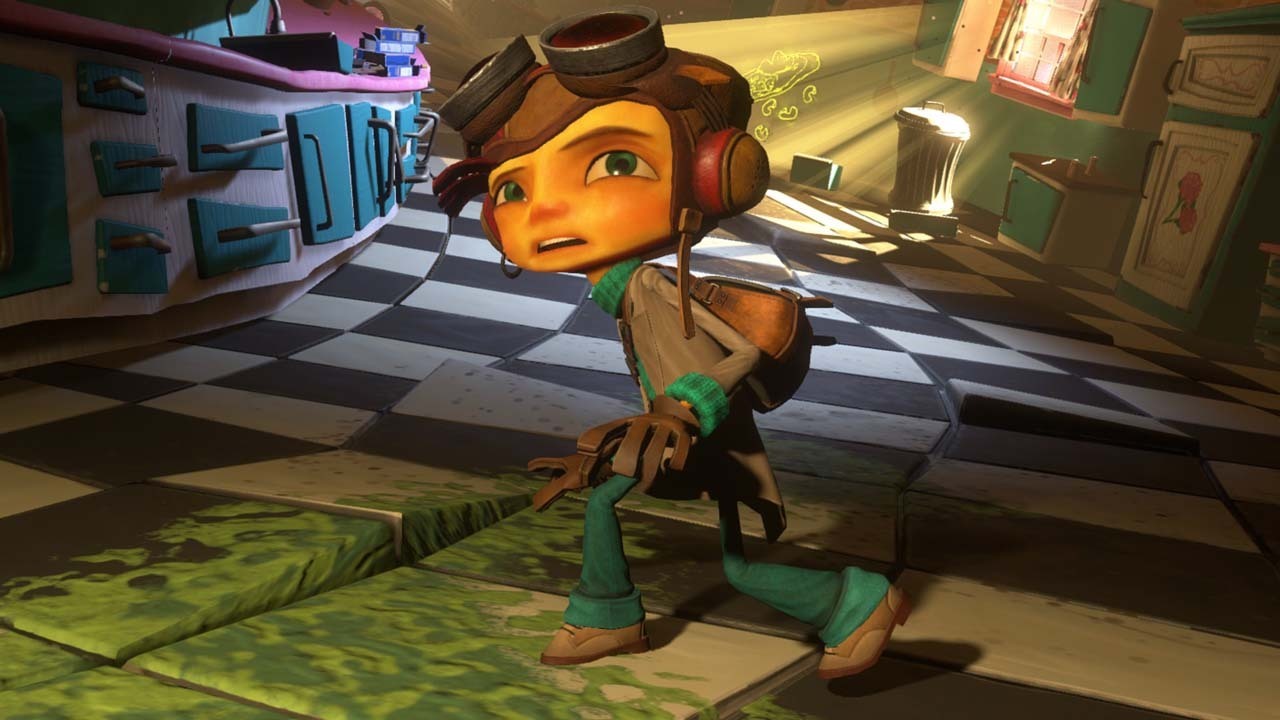
Available on PC, PlayStation 4, Xbox One, Xbox Series X
Many action-platformers have some thematic resonance, but few of them commit so wholly to a central idea like Psychonauts 2. A game about "empathy and healing," according to its mental health disclaimer, the long-awaited sequel from Double Fine takes on heady topics surrounding trauma, self-care, and community. It's one of the most wholly beautiful sentiments in video games this year, and it comes from an unexpected source.
The game tells us its thesis statement at its outset. After the hero Raz irresponsibly meddles in the mind of a senior Psychonaut, she gently chides him, explaining both the idea behind the Psychonauts as a fictional construct and the larger goals of mental health at large. "We're not here to change people's minds, not here to fix people," she says. "We're here to help people fight their own demons." This mistake informs the rest of the game, though not with a cruel streak of harping on his worst moment. Raz learns from it and it makes him better, and his mentor understands she doesn't need to push him harder than he's already pushing himself.
What follows is an array of trauma as Raz unravels a mysterious conspiracy by exploring the memories of several founding Psychonauts. Following a battle that left many of them deeply scarred, they all withdrew into their own coping mechanisms. Helping them accept the past and their roles in it is necessary for driving forward the central plot, but also a deeply humane thing to do.
If that all makes Psychonauts 2 seem dour or self-serious, it's anything but. The game is a colorful fantasia of inventive ideas and level design. Raz's array of powers make navigating the world a satisfying challenge, and entering a new mind is always a combination of enjoyable platforming and a slow dawning realization of what the imagery represents. As you swing, jump, and battle your way through a mindscape you grow to learn about the characters' deepest fears and anxieties and you want to help them overcome it all. It's also often laugh-out-loud funny thanks to sharp voice performances and Double Fine's characteristic comedy dialogue. And the Burton-like visual style established in the first game pays off wonderfully here as the capabilities of gaming hardware have caught up with the studio's kaleidoscopic vision for the world.
Psychonauts 2 has been a long time coming, but it feels like the full realization of the clever concept Double Fine concocted more than a decade ago. It's constantly surprising, endlessly creative, visually distinct, and a delight to play. But most of all it has a big heart, and it shows how we can all take care of ourselves and each other in a community. We might not have powers like Raz, but we can all be like the Psychonauts. -- Steve Watts, Associate Editor
Resident Evil Village
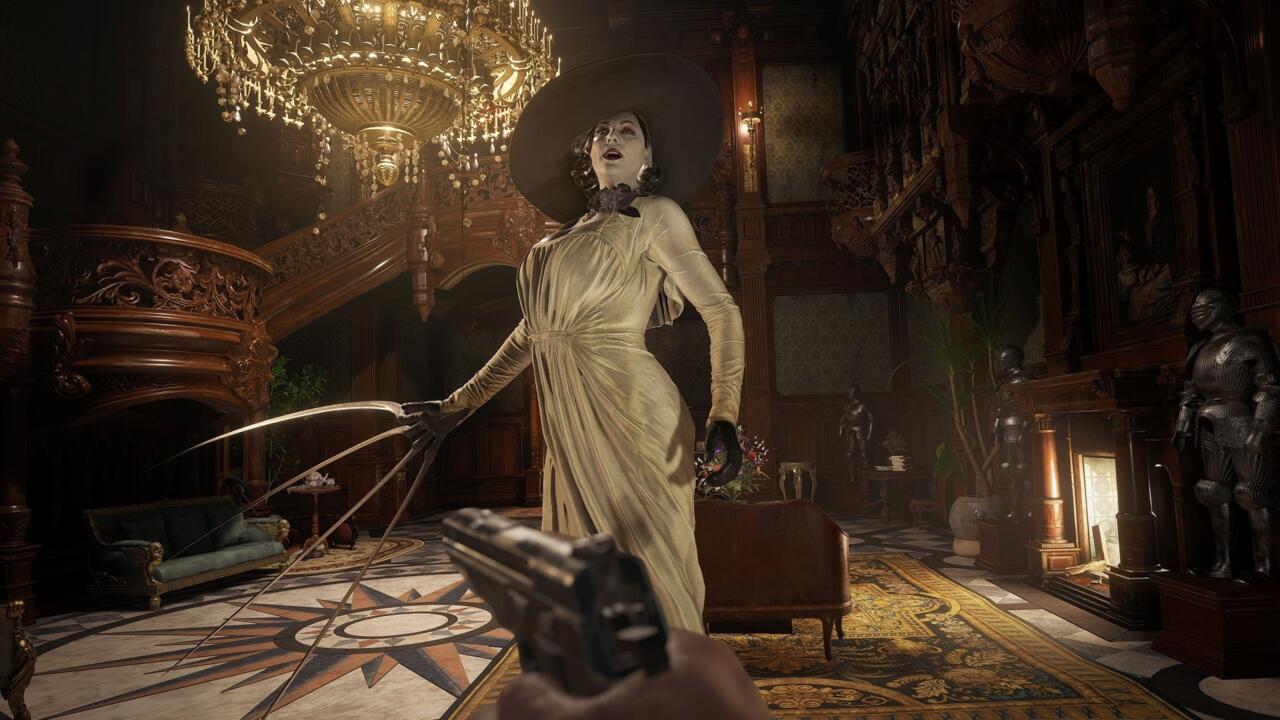
Available on PS4, PS5, Xbox One, Xbox Series X|S, PC, and Stadia
The Resident Evil series has come to encompass a lot of different elements across its 25-year history. The first few Resident Evil games helped define the entire survival-horror genre. Resident Evil 4 laid major groundwork for what third-person action titles were capable of. Resident Evil 7 redoubled a focus on horror while inlaying new ideas, like a first-person perspective. And there are numerous and varying mixes of them all in between.
Resident Evil Village was an exciting and memorable experience this year because it felt fully aware of the franchise's history, and took advantage of all that knowledge, experimentation, success, and failure. First, it starts with Resident Evil 7's innovation, sticking with a first-person perspective. But rather than the slow movements through dark and narrow hallways of that game, it takes a Resident Evil 4-style swing. Village is a faster, more action-heavy game, with a lot more shooting than its predecessor--and a lot more running for your life when you encounter things you can't easily kill.
That adjustment alone would make Resident Evil Village an exciting new entry into a storied series. RE7 was a beautifully terrifying mix of old and new, returning to the haunted house survival horror of the original game, but changing the formula with its perspective, characters, and boss fights. Instead of offering more of that mixture, Village creates a new concoction from similar ingredients. It is to Resident Evil 4 what RE7 was to the original Resident Evil.
Whereas RE7 was largely about sneaking, hiding, and conserving ammunition, Village is often a guns-blazing fight through hordes of werewolves and ghouls, their fangs and knives dripping with blood. The underlying mechanics of RE7 remain, but the gunplay is stepped up and the weapon haul is expanded. One of the first big moments of Resident Evil Village has you desperately shotgunning werewolf creatures in the face as you shove shelves in front of doors and climb ladders to find escape routes from houses slowly crumbling under the onslaught of mutated monsters. Where RE7 did jump-scare terror, Village does chaotic, overwhelming panic.
But Village goes farther than just mixing one game's signature ideas with another's. It pulls from everywhere in Resident Evil's deep history. Instead of a single haunted house, Resident Evil Village is a theme park of them. Each new section of the game recalls some element of the franchise's past, or of the horror genre at large, and while they all put you through different types of action and horror gameplay, they're all equally powerful. The chest-tightening gasps you produce as Lady Dimitrescu suddenly ducks through one of the castle's opulent doorways right in front of you is the same as the one that escapes at the sound of a Soldat Eins' drill arm revving in the darkness of the Factory.
Resident Evil Village is a trip through a huge swath of the Resident Evil franchise--even some of the less-than-great parts--and it is fully, exceptionally aware of what that franchise is at its core. It's campy, it's frightening, it's funny, and it's disgusting. Most of all, though, Resident Evil Village is a love letter to everything great about the Resident Evil franchise over the last 25 years, and it does a phenomenal job of revisiting and remixing those ideas into something new. -- Phil Hornshaw, Senior Writer
Returnal
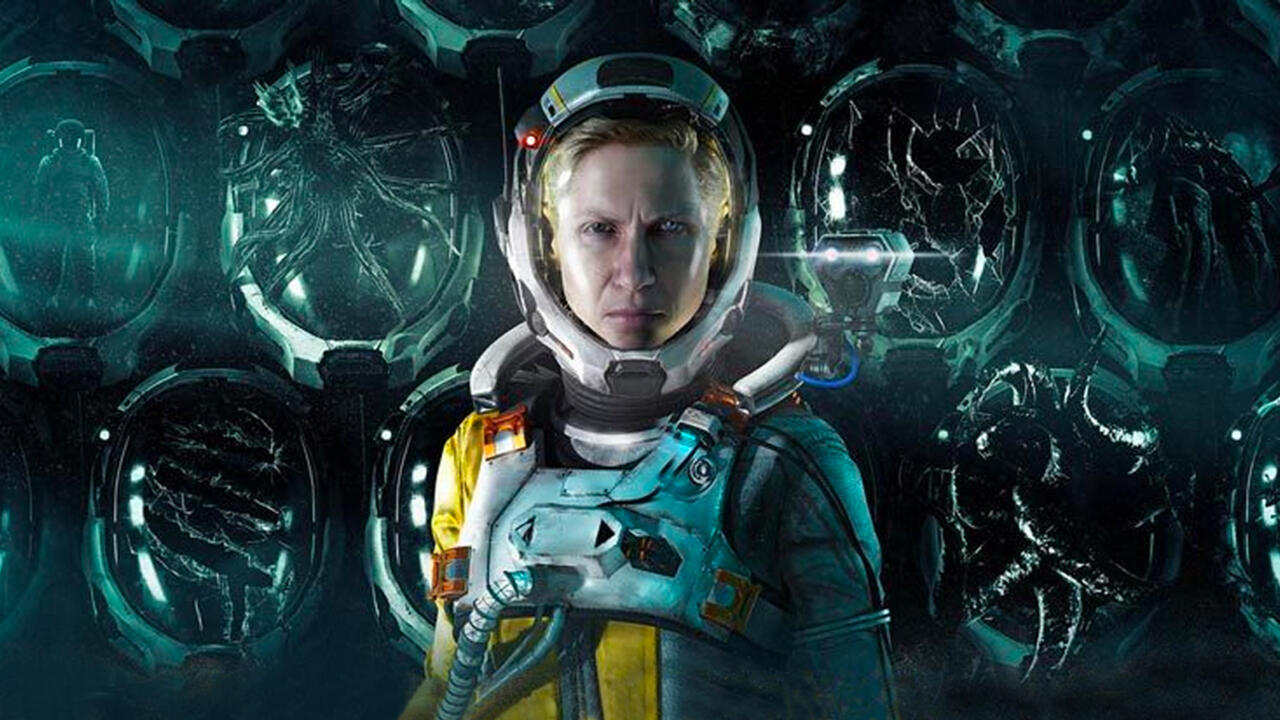
Available on PS5
Housemarque proclaimed "Arcade is Dead" just four years ago, shifting its focus from retro-style shooters like Resogun and Nex Machina to AAA-scale projects in an attempt to stay afloat. Its first attempt in this new space was a battle royale game called Stormdivers that felt like it was playing follow-the-leader, and the studio smartly paused the project and shifted to something more ambitious. That game, Returnal, ended up proving that Housemarque's arcade shooters could influence much larger projects, combining tough-as-nails bullet hell-style action with a cerebral time loop story.
Set on a hostile planet that seems to morph at random and with no outside help to speak of, Returnal uses the roguelite structure in a narratively meaningful way, having protagonist Selene return to her crashed ship upon death. Tethered to the planet for a mysterious reason, her only mission is to escape, but Housemarque made sure things wouldn't be so simple with plenty of dark secrets uncovered about her family, tragedy in her past, and the surprising links she seems to have to some of the enemies, equipment, and areas on the planet.
But being a Housemarque game, the way Selene must escape is by shooting the hell out of anything that gets in her way, and it's here where Returnal--and its structure--really shine. Via upgrades that are lost on death and a series of vastly different weapons, Selene can effectively power up and take down bosses, eventually opening up shortcuts that make subsequent runs shorter and less frustrating. It's like Dar… never mind.
Returnal handles death in a way that is both punishing and (usually) fair. Yes, you can lose some progress after some unlucky fights, but your progress is persistent where it counts, and dying often opens up new opportunities and allows you to explore areas that may have been missing from a particular biome on your previous attempt. It also makes your eventual triumphs all the more satisfying, especially when they precede entering the terrifying barn house for another peek at Selene's disturbing familial drama.
Like the best roguelites--last year's Hades comes to mind immediately--death is merely another opportunity for storytelling, and the fact that a studio known for barebones narrative on top of arcade-style shooting managed to accomplish something so ambitious speaks to Housemarque's talent. And with the actual baddie-blasting retaining Housemarque's excellent arcade-style fluidity and aggression, Returnal stands as one of the best games in the developer's long history. -- Gabe Gurwin, SEO Editor




